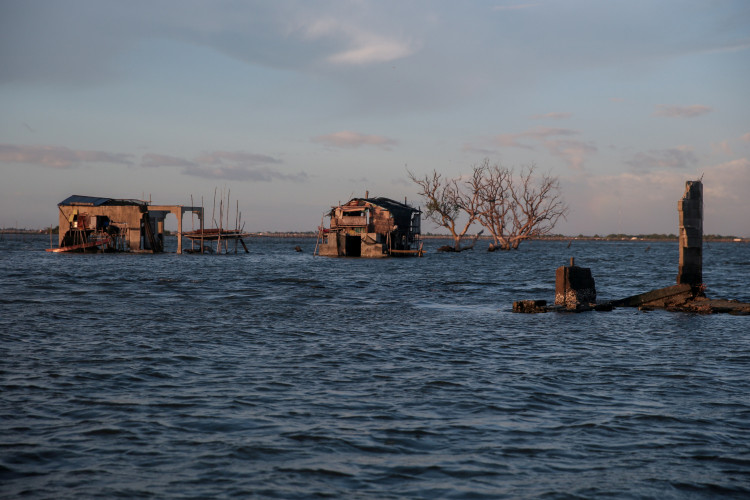Typhoon Noru, which further weakened with sustained winds of 175 km/h and gusts as high as 290 km/h after landfall, forced the preemptive evacuation of about 8,400 people from its path, according to the Philippine weather agency's most recent alert.
As a category 3 tropical storm barreled through the country's main island of Luzon after making landfall northeast of the capital Manila on Monday, Sept. 26, Ferdinand Marcos, the President of the Philippines, issued a proclamation suspending government operations and academic activities.
According to Marcos' Facebook post, the energy ministry has put all energy-related facilities in typhoon-affected areas on high alert. As heavy torrential rains drenched the capital region and neighboring provinces on Monday, the Philippine Stock Exchange announced that trading would be suspended.
As a result of the downpour and wind-blown trees and electrical wires, flights were canceled, ferries were stopped, and bus routes were closed. Marcos suspended work and school in Luzon, where more than two-thirds of the economy and approximately half of the 110 million people reside.
"Utility posts fell and homes made of light materials near coastlines were damaged," Nelson Egargue, disaster chief of Aurora province where Noru made landfall, said.
Photos and images posted on social media showed the category 3 storm whipping up waves that were pounding ports and flooding low-lying neighborhoods. "The wind is calmer now but it's dark because we have no power supply," Eliseo Ruzol, mayor of coastal General Nakar town adjacent to Noru's landfall location, reported.
There are about 7,600 islands in the archipelago of the Philippines, and on average, 20 tropical storms every year bring flooding and landslides. One of the most potent tropical cyclones ever recorded, Typhoon Haiyan, killed 6,300 people in 2013.
By early Monday, Noru, which is currently heading to the west across the provinces of Luzon that produce rice, is predicted to appear over the South China Sea. Noru struck the country nine months after another super typhoon that had decimated large portions of it, killing more than 400 people and displacing hundreds of thousands.
Typhoon Noru, is this year's 11th tropical cyclone to impact the Philippines. More than 1,200 passengers and 28 vessels, according to the Philippine Coast Guard, were trapped in ports south of the city.
By late Sunday or early Monday, Noru was expected to emerge over the South China Sea as it was traveling westward.
The Philippines, one of the countries most at risk from climate change, has 20 storms on average each year.






